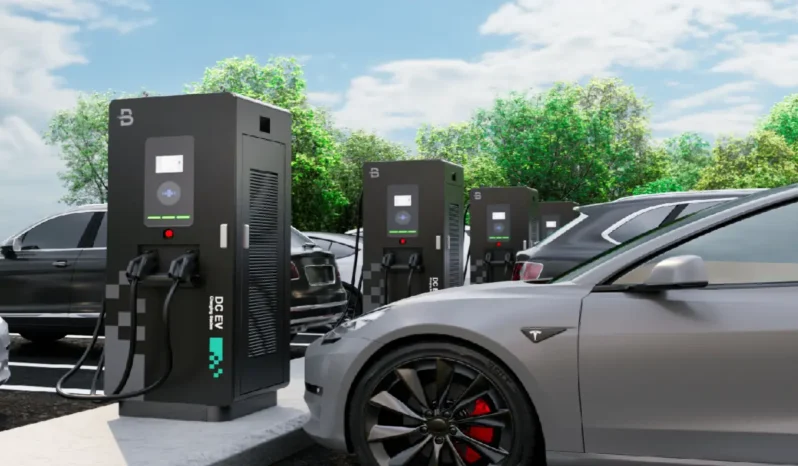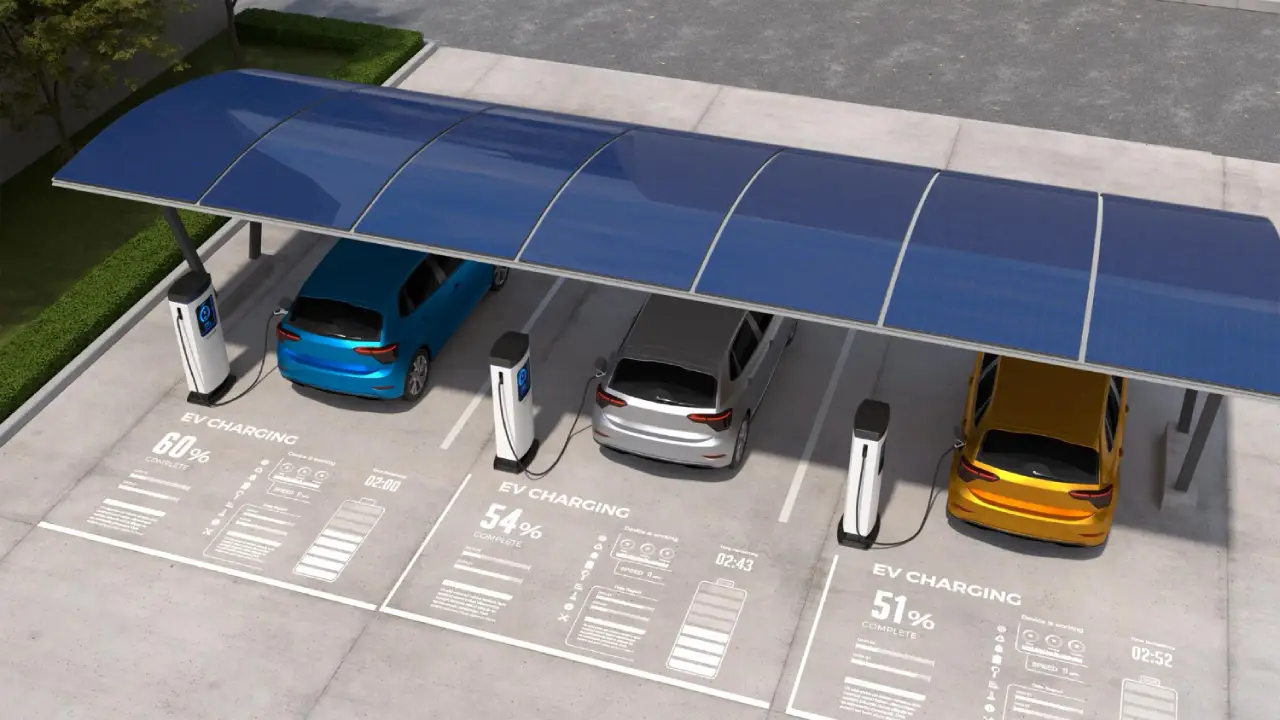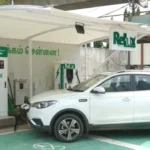India is experiencing an electric vehicle (EV) boom. New launches from Tata, Mahindra, Hyundai, and international players are arriving in showrooms each quarter. Aspirational government goals and spiking fuel prices have fueled consumer interest. But lurking under the euphoria is a persistent, quiet problem. India’s public EV charging infrastructure simply isn’t.
EV Charging Numbers: Growth With Glaring Gaps
The past few years have witnessed a heartening increase in the number of charging points. As per the Ministry of Power. India has approximately 29,000 public charging points as of May 2025. That is a remarkable leap from barely over 1,800 in early 2022. But such growth is short lived when pitted against demand. With India’s EV population now at an estimated 5.8 million. Growing rapidly, we’re facing a skewed ratio, a public charging point to every 200+ EVs. In China, this is at about 1:8; in Europe, 1:12. The disparity is even greater if one considers grid capacity and uptime of chargers.
Urban Clusters, Rural Neglect
The charging points available are stacking up in metro cities. Delhi, Mumbai, Bengaluru, and a few state capitals alone have more than 75% of all public charging points. Go beyond the city limits specially in tier-2 or tier-3 towns. The region turns into an EV dead zone almost instantly. Delaying the type of countrywide revolution India requires. Additionally, the absence of strategic highway and tier-2 corridor planning causes ‘range anxiety’. The specter of running out of charge with no charger in view.
EV Charging User Experience: A Work In Progress
- Charger Reliability: Research indicates that as many as 30% public chargers experience regular downtime.
- Payment & App Overlap: Several apps, competing payment systems. Plug variability is a daily pain.
- Slow Charging Speed: Most public charging points provide slow or moderate charging. Taking hours for full charging. Fast DC chargers (30+ kW) are still rare outside of premium locations.
Government & Industry: Ambition vs. Reality
To the government’s credit, FAME II, state incentives, and policy adjustments in recent times. They have brought EVs within reach and charging installations within easy reach. Still, implementation speed and standards clarity have room for improvement. Tata Power and corporate entities such as Statiq and ChargeZone. They are heavily investing in the private sector. But bureaucratic hurdles such as land allotment, grid connection, tariffs continue to stall the rollout.
What’s Needed in EV Charging: Pathways to an All-Electric Future
- Massive & Even Deployment: Priority corridors along highways, rail hubs, and semi-urban clusters need to be expedited.
- One Nation, One Protocol: Standardised connectors, payments, and location data. Shared through secure public apps such as PlugShare or NITI Aayog portals.
- Rural & Highway Emphasis: Incentives and subsidies to install chargers outside of metros.
- Grid Expansion & Renewables: Provide reliable, clean power to minimize emissions and power cuts.
ELCTRIK Speaks
Indian EV aspirations are no longer far away. They’re a reality in city enclaves. But if charging infrastructure grows quicker, more evenly, and more ubiquitously. Frustration will catch up with enthusiasm in no time. The competition is on: can India gear up from hype to action?







